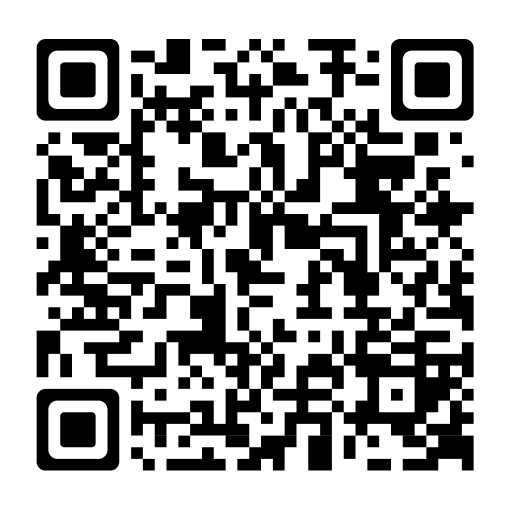Part taken by the imaginative thinking in culture perceiving'' Procedures
Автор: Skvortsov Dmitry Eughenyevich
Журнал: Историческая и социально-образовательная мысль @hist-edu
Рубрика: Социологические науки
Статья в выпуске: 6-1 т.7, 2015 года.
Бесплатный доступ
The paper presented examination of a phenomenon of imaginative (representational) thinking by means of comparison of functioning of its components, - the thinking and imagination. The study explored some functions of an image as a means for shaping the cultural media and personal identification. In achieving this purpose, the paper considered some specific shapes of image occurring to a human mind, at which the image being a cogitative unit. These shapes are the representation patterns, such as «the theater» and «the theory», those shaping a personal mind. A human being perceives culture with involvement into communicative practices and through the lenses of a personal imaginative framework of mind that shapes provisions for understanding and statements about oneself. Owing to operation of the imaginative (representational) thinking, a human being is capable of distancing himself from the outer world that enables his making the objectifying cogitative practices that create the person as an independent being. Identifying the part an image takes as a means of manifesting personal freedom at culture, the paper either specified its bounding part. The latter shows itself in the potential for producing erroneous shapes of mind as follows: an excessive fascination with an idea somebody produced, or replacing a real item with a fictional one, or an erroneous sense of being aware as true, and the thought pretending to be perfect that stops any opportunity to further cognition and dialogue. On the other hand, restricting personal freedom does not necessarily give rise to erroneous awareness, but it means either embedding a person into cultural tradition by means of the images of the past exerting influence on the mind.
Image, culture, thinking/ thought, anthropology, aesthetics
Короткий адрес: https://sciup.org/14950757
IDR: 14950757 | УДК: 130.2 | DOI: 10.17748/2075-9908-2015-7-6/1

